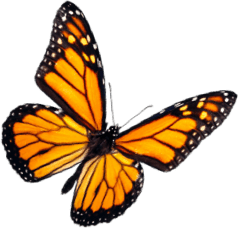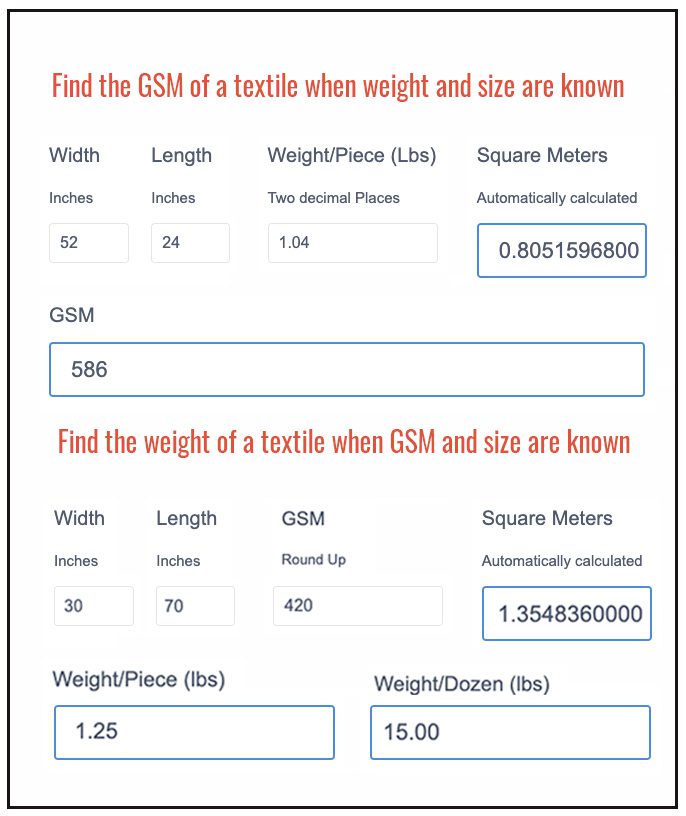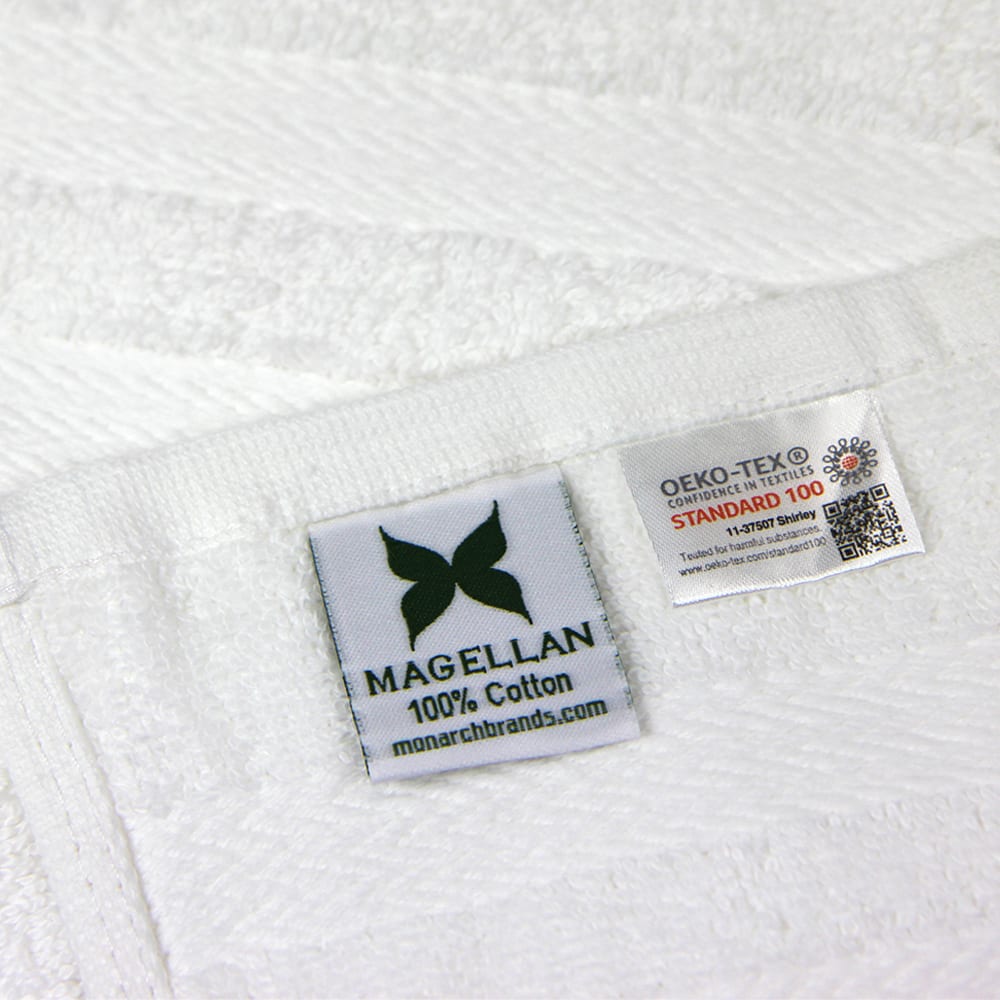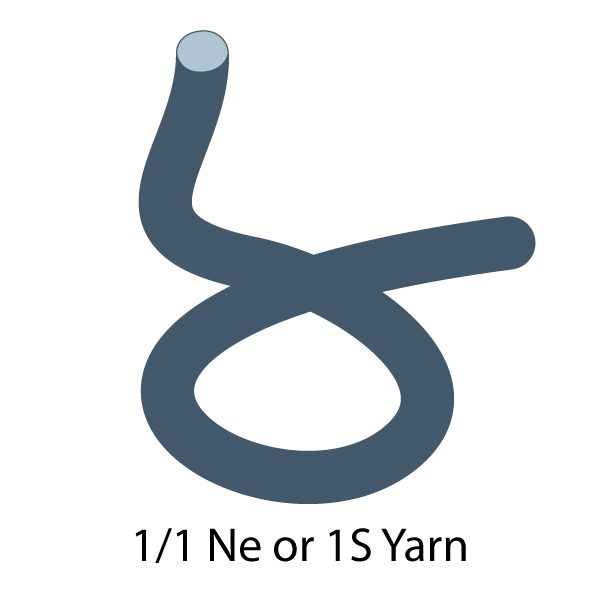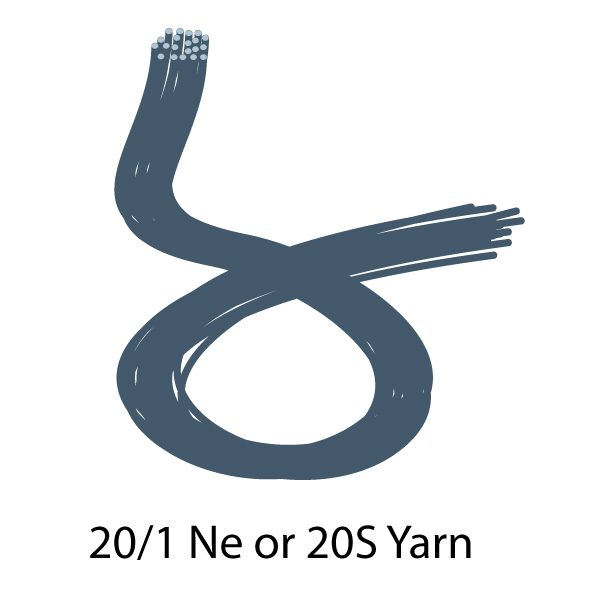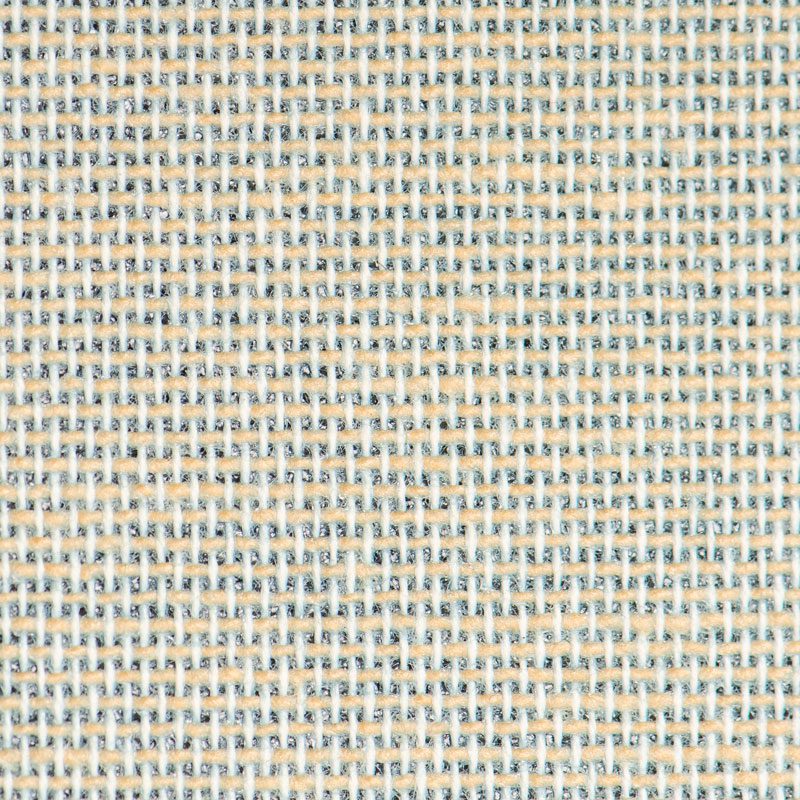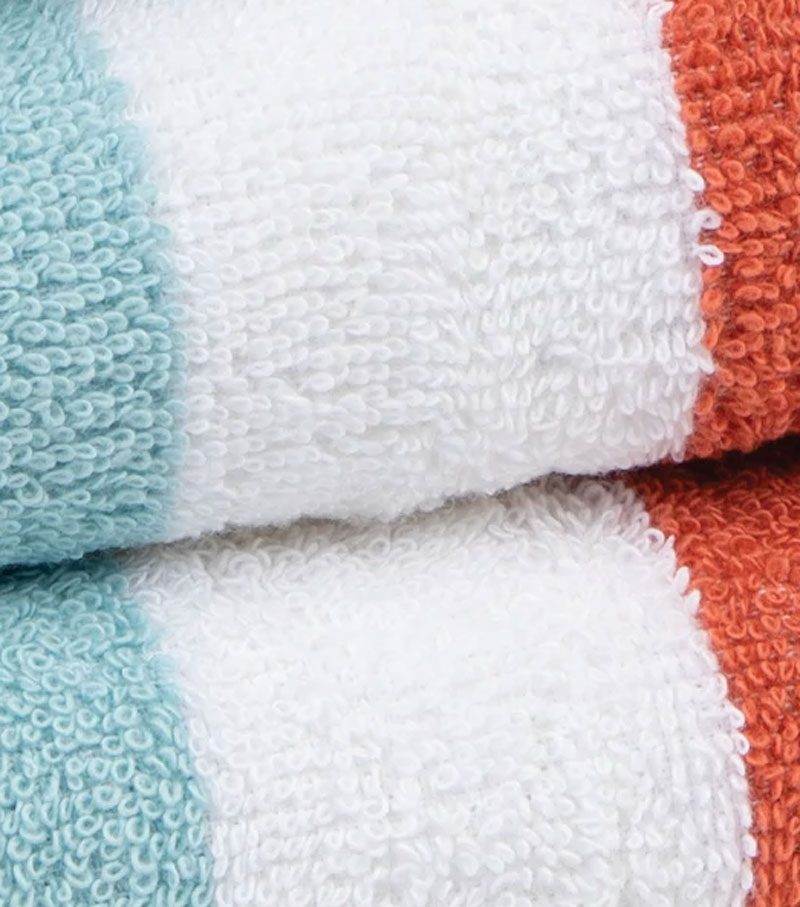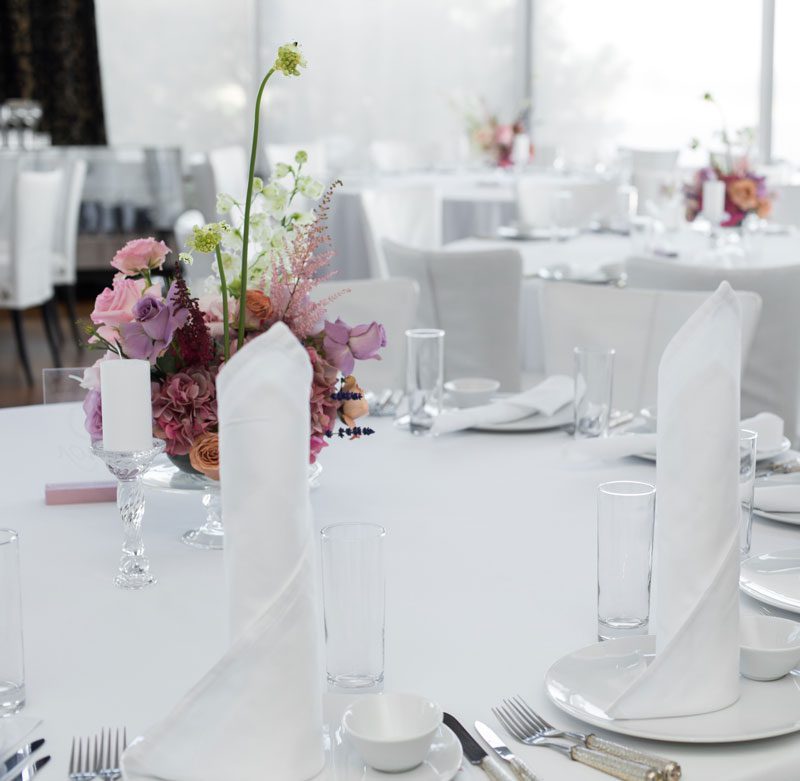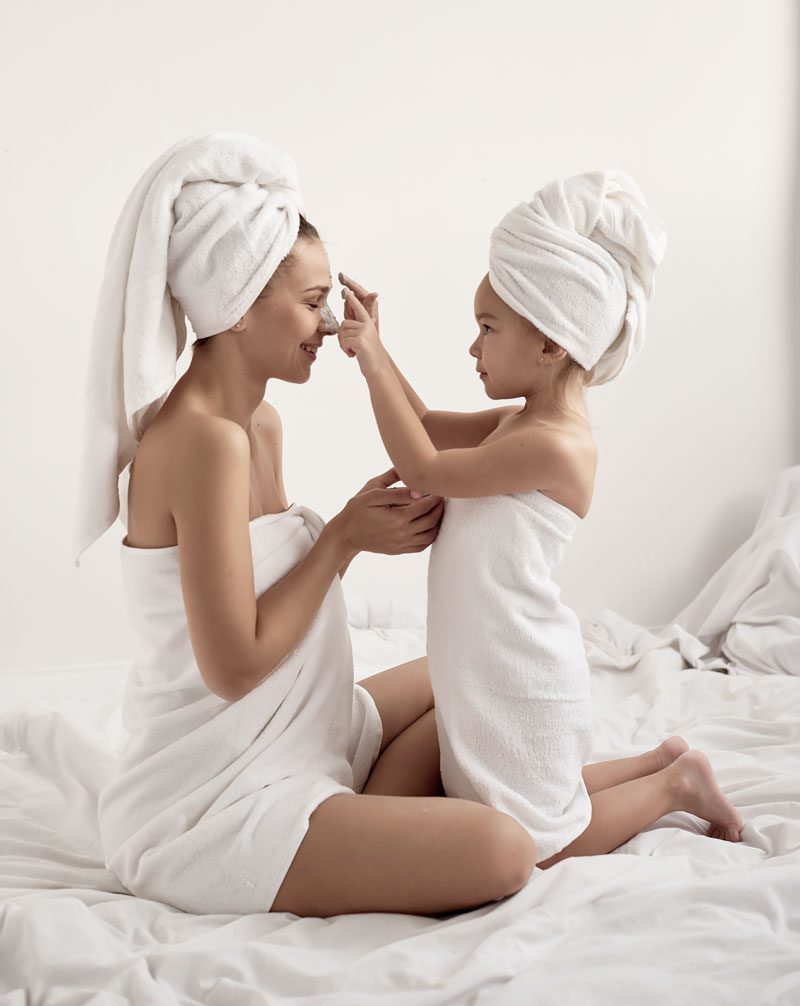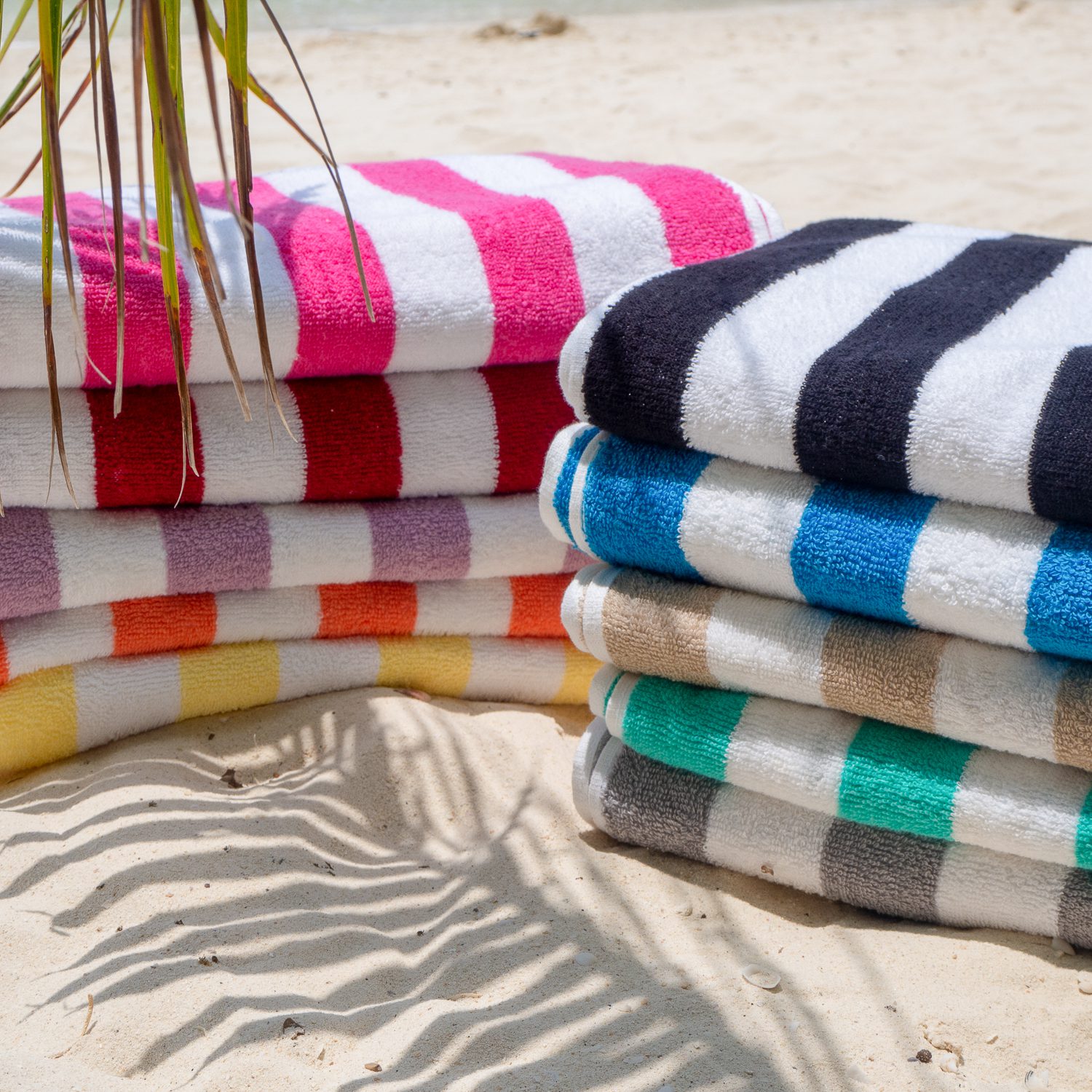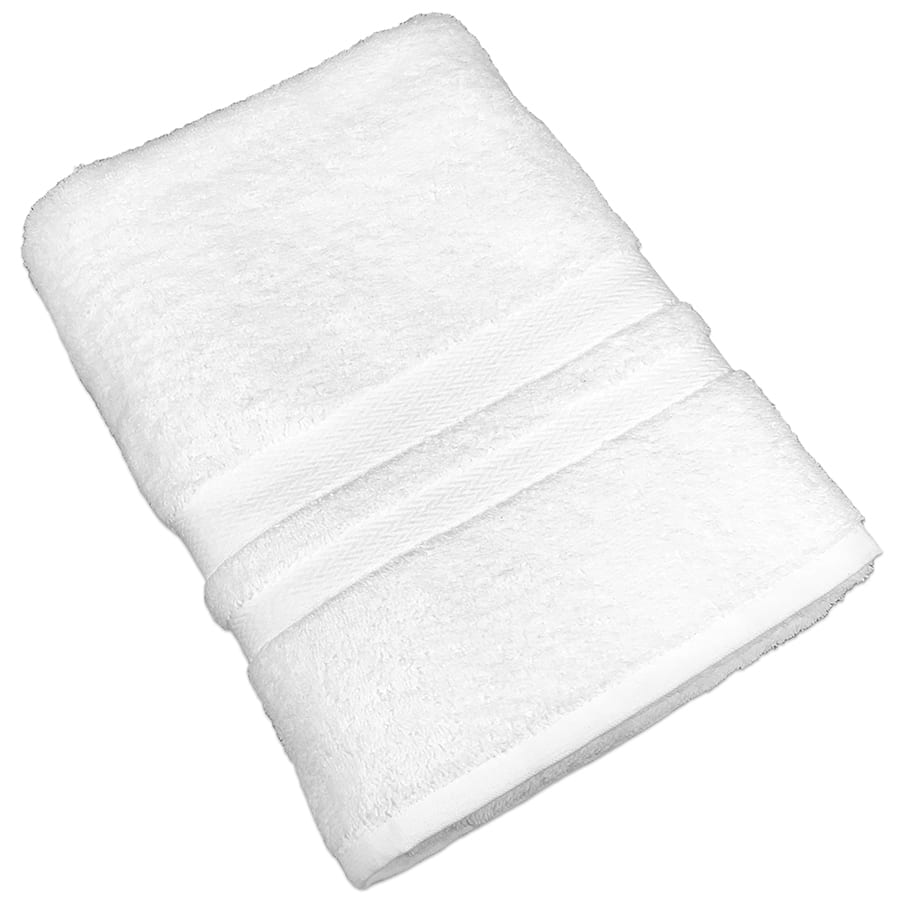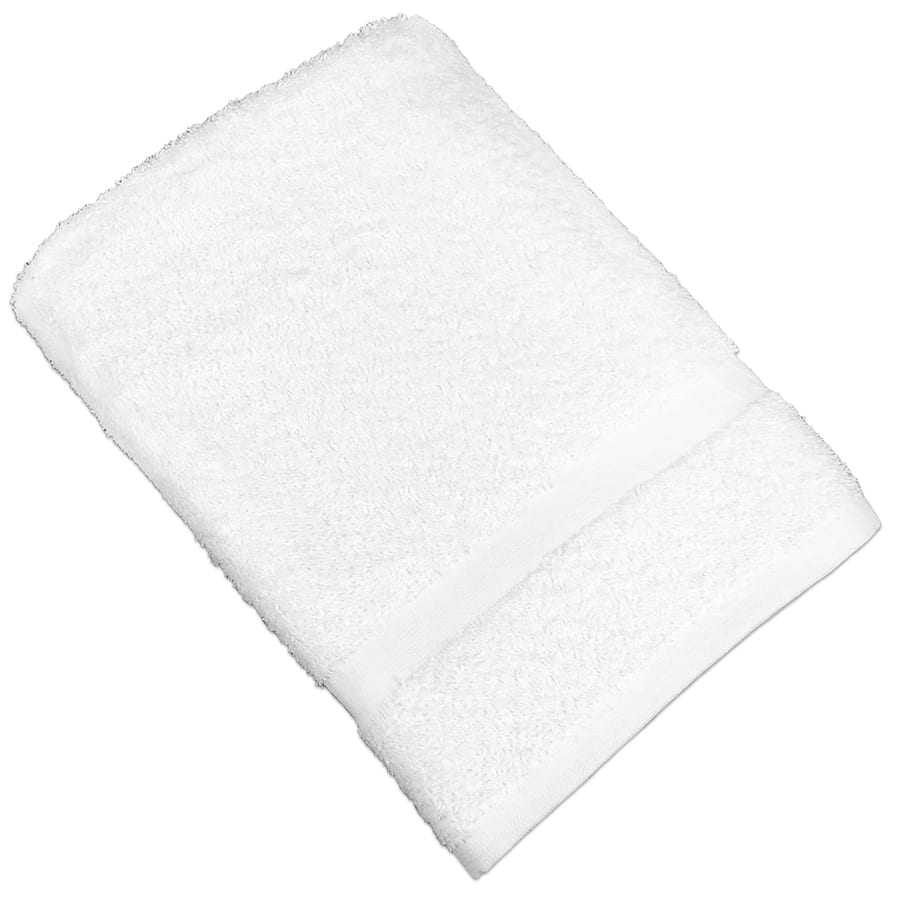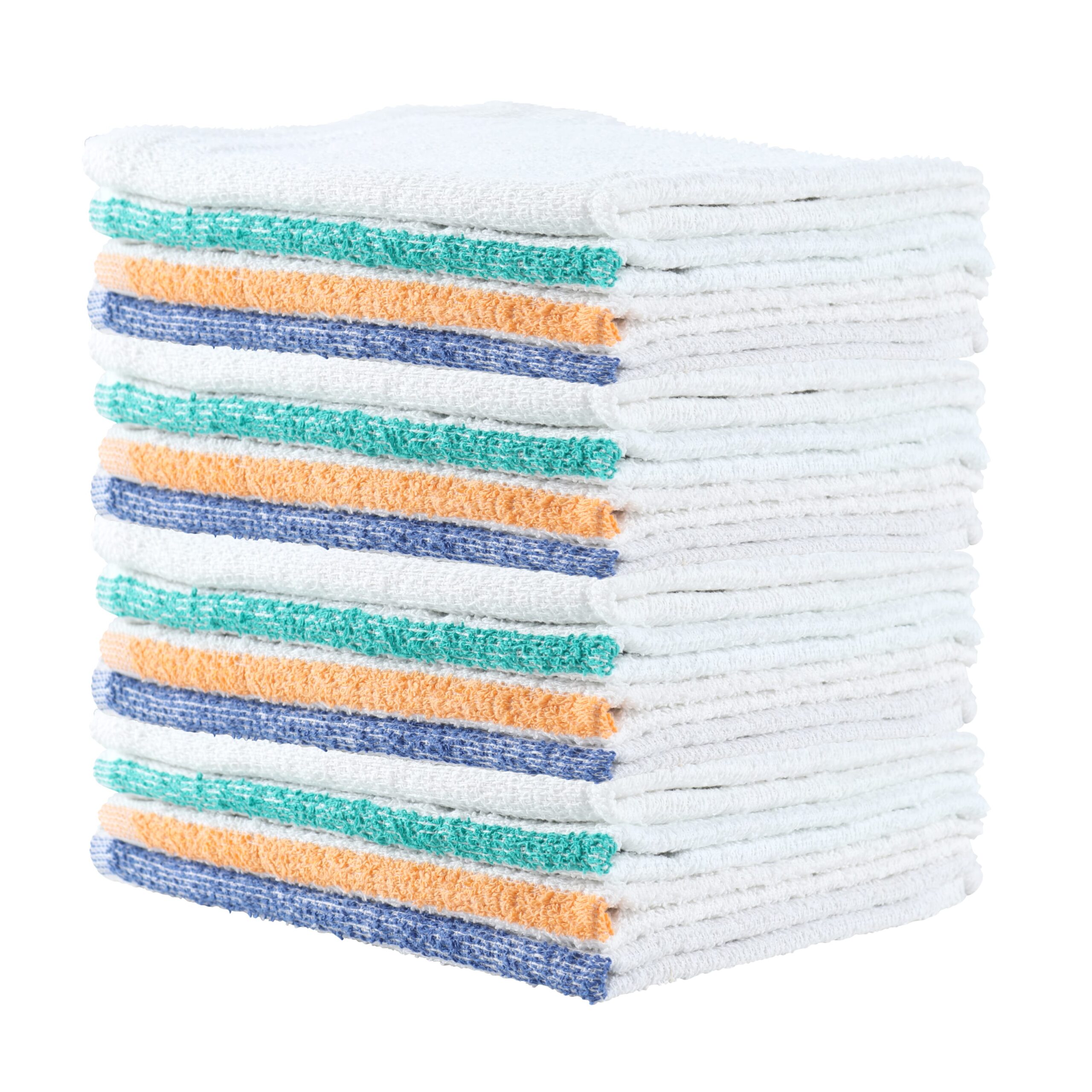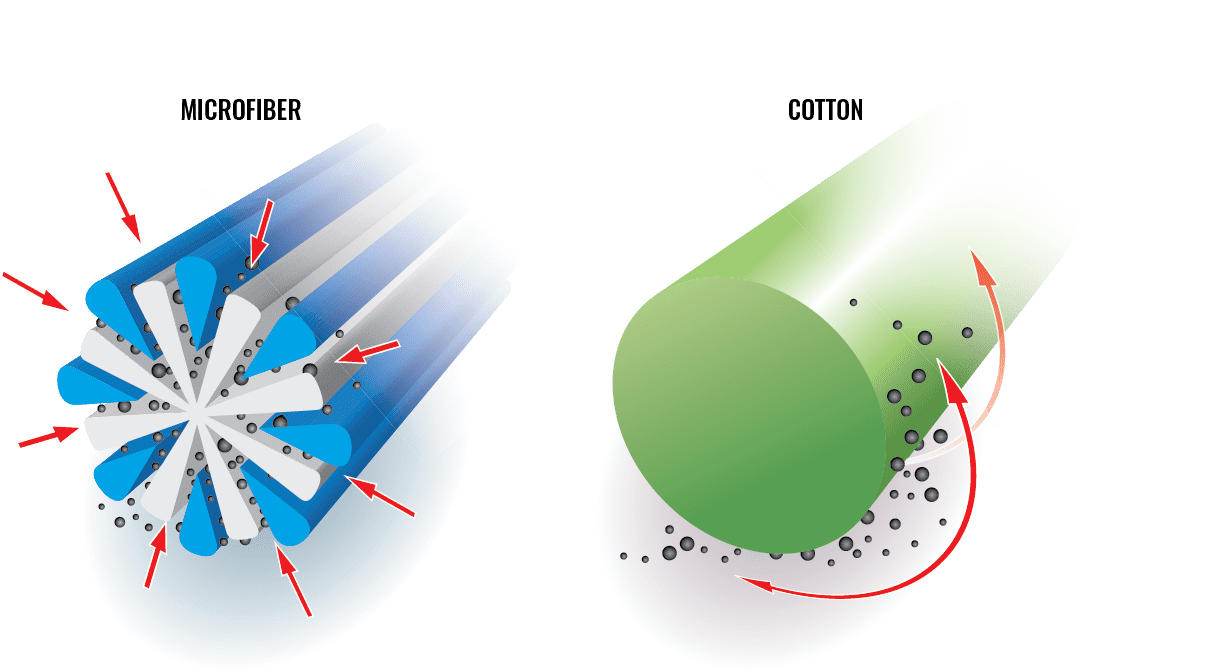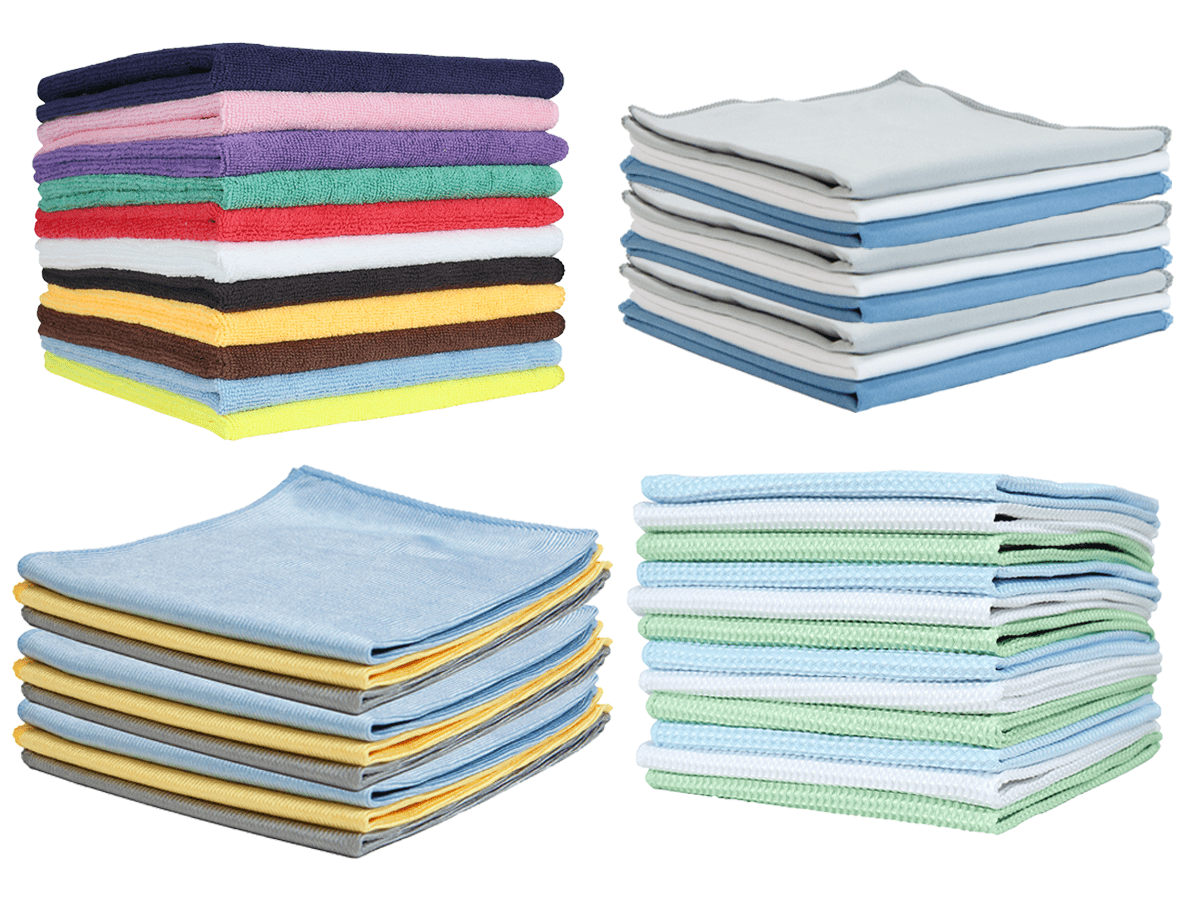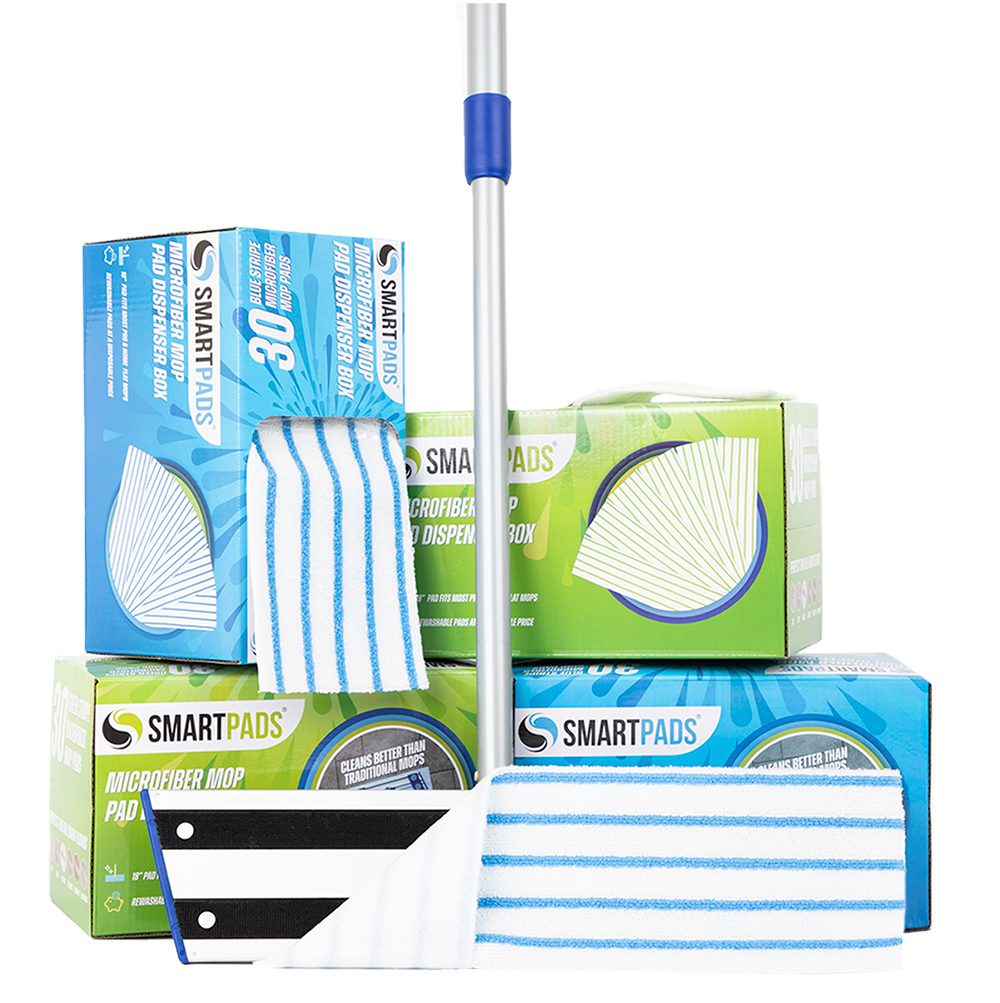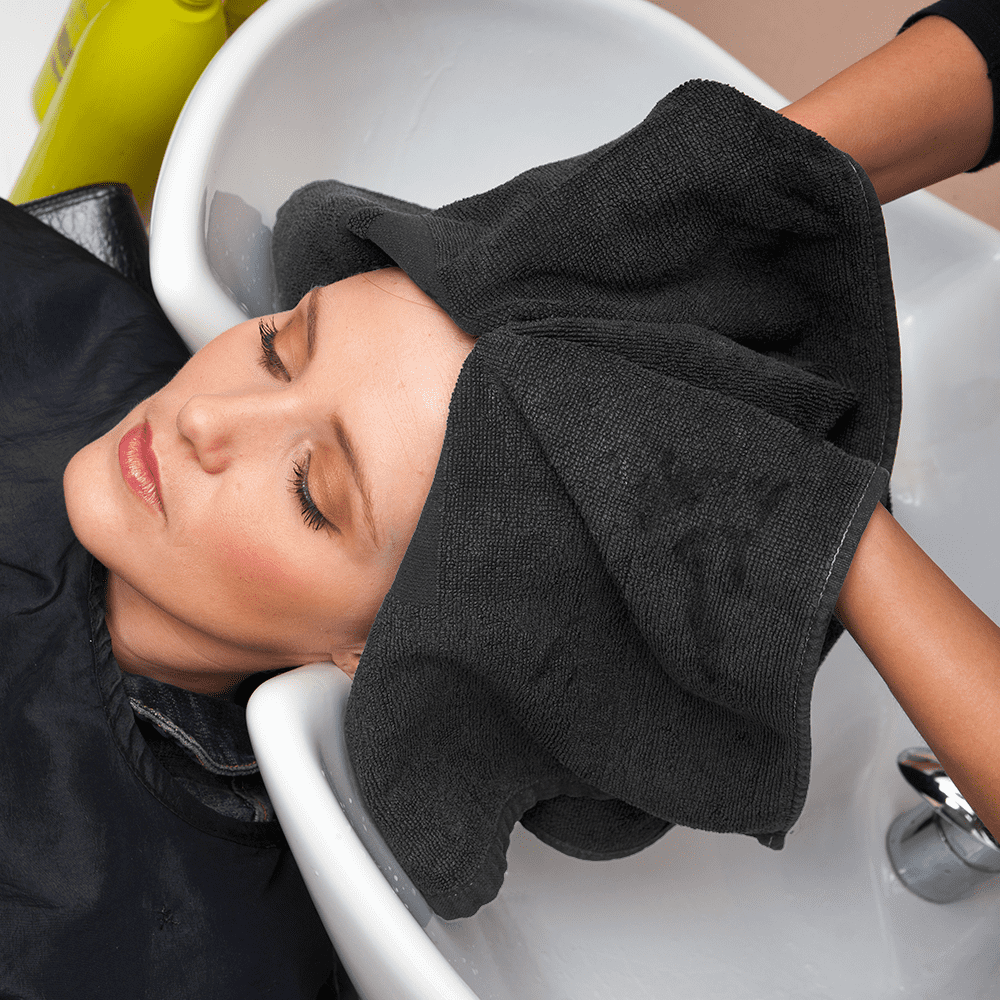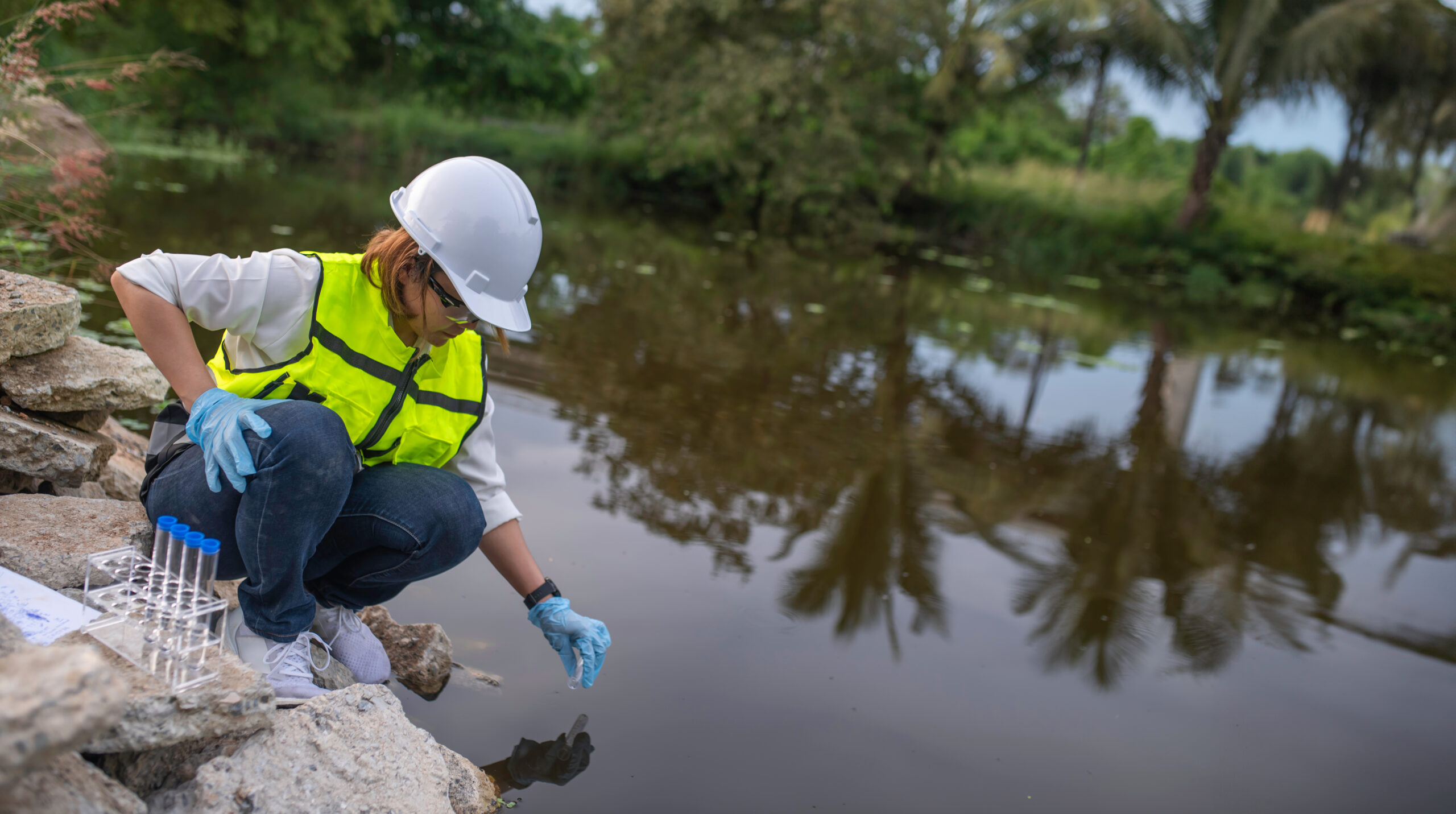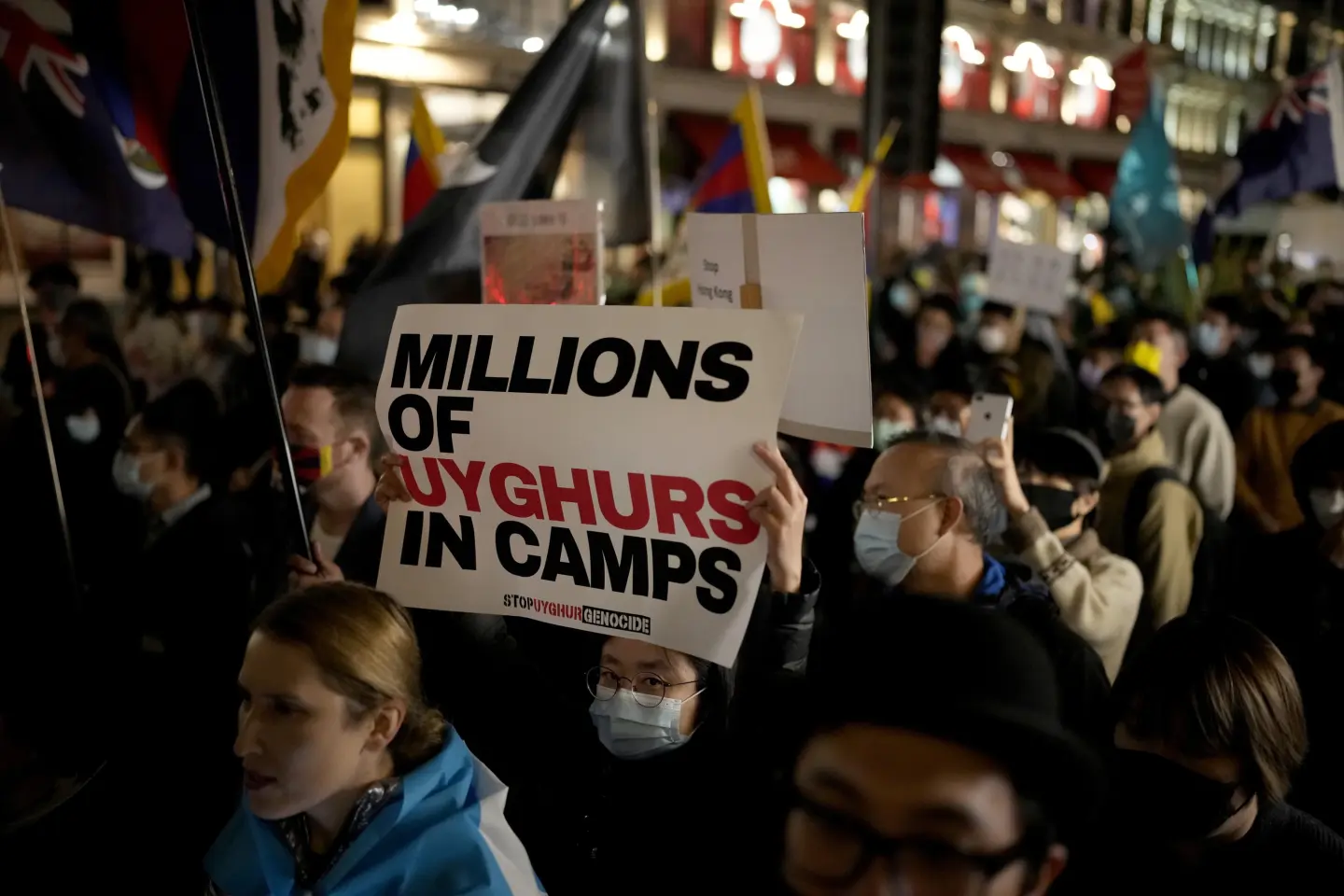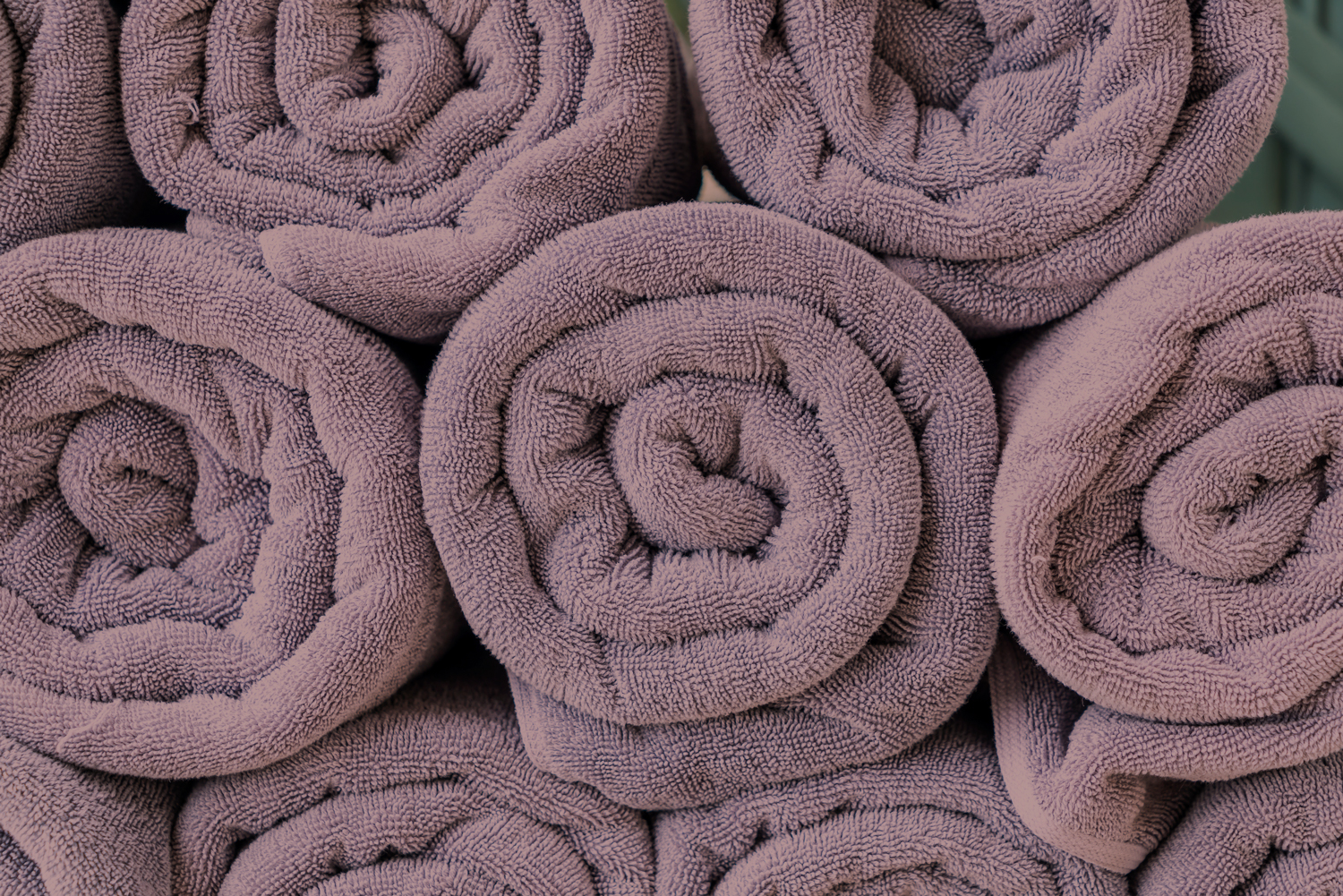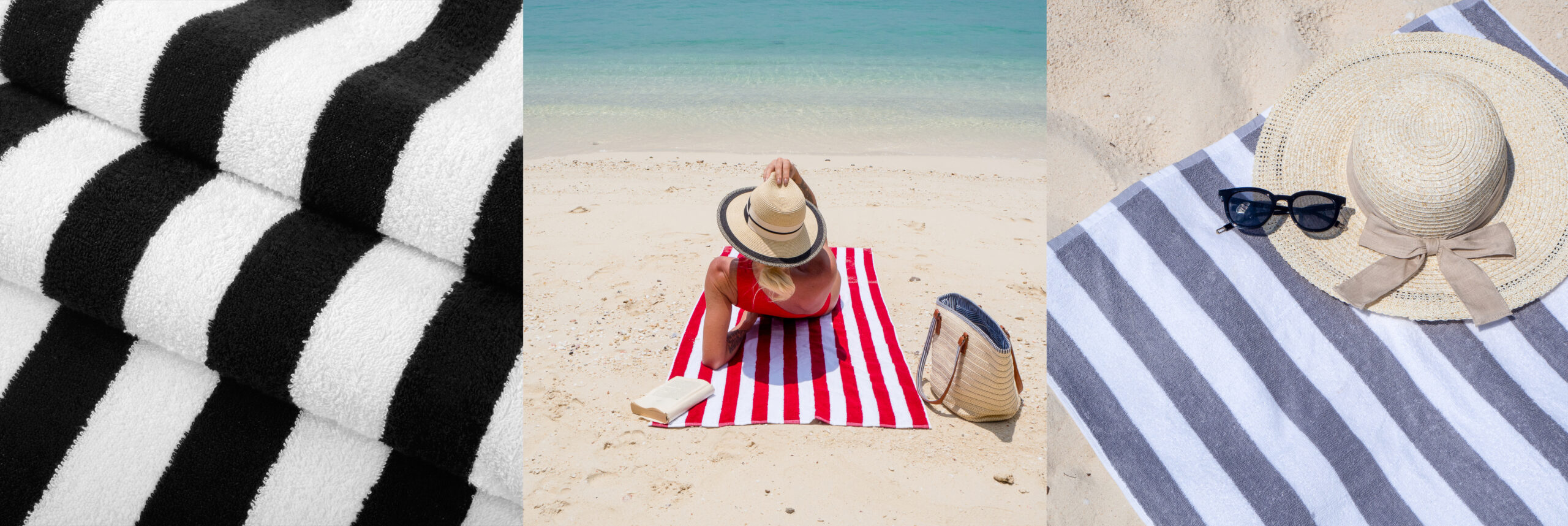15. Textile Terms: Microfiber
Microfiber is a “Renaissance” fabric. As one of the first ultra-fine synthetic fibers, microfiber is finer than 0.7 deniers or approximately one-fifth the size of human hair. It first appeared in the late 1950s and was used predominantly in an industrial capacity for years. When trademarked Ultrasuede arrived on the market in the 70s, the apparel and home decor industries quickly co-opted it as a funky faux suede. Widely appreciated for its moisture-wicking properties, one can now find it in countless products, including apparel, accessories, sporting products, and insulation. The NBA even introduced a regulation basketball with microfiber skin during the 2006 to 2007 seasons. Alas, the purists eventually canceled it.
With moisture-wicking properties and strong resistance to bacteria growth, the appeal of microfiber fabrics is obvious, but the reason it is so effective for cleaning is fascinating. Developers realized that splicing the 0.7 denier microfiber threads created microscopic “hooks” and enhanced its ability to attract dirt, dust, and grime. Splicing also imbued the microfiber with a positive charge which attracts negatively charged dirt. Not many cleaning cloths can boast that incredible magnetic feature!
Microfiber cloths come in many weights and textures for multiple cleaning applications, including terry-style cloths, glass cloths in waffle, suede, and smooth, shiny finishes for glass cleaning and smooth surface polishing. Microfiber mop pads and wall-washing tools are also popular categories for microfiber buyers.
As if that isn’t enough… “pre-spliced” microfiber cloths are extraordinarily soft, making them perfect for bath towels, beach towels, and especially facial cloths. The beauty industry has embraced microfiber towels for salons where bacterial growth puts clients at risk of infection and increases salon owners’ potential for liability.
If you haven’t discovered the value of adding lucrative microfiber to your sales presentation yet, visit our extensive collection of microfiber products here. Don’t miss out on this remunerative market. Monarch Brands can help you set up your complete microfiber program today.

